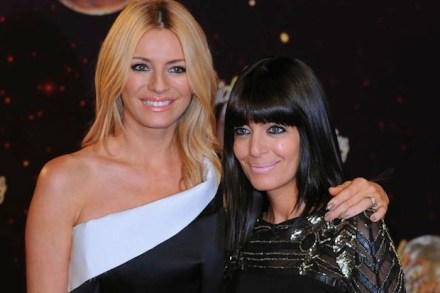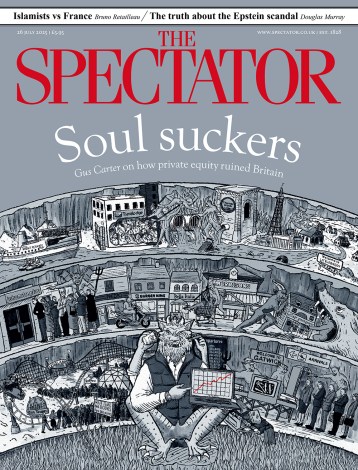Strictly Come Dancing review: seriously, who are the 11 million people who enjoy this stuff?
There’s a Radio 4 programme, presented by the smug moraliser Marcus Brigstocke, called I’ve Never Seen Star Wars, which gets famous people to do things they’ve never done before, like watch Star Wars. I’m not famous, but before last night I’d never seen Strictly. The very idea of it bored me. I don’t like ballroom dancing, I don’t like sequins or kitsch or seventies nostalgia, I don’t like programmes starring celebrities I’ve never heard of doing silly things because they desperately need the money. I don’t get the semi-ironic personality cult around ‘Brucie’, a man without any obvious charm or talent, apart from being the only 20th-century light entertainer who’s


















